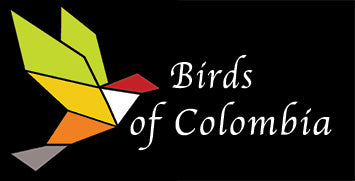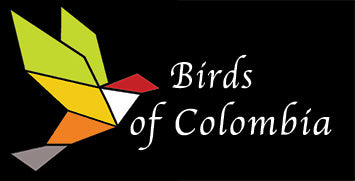Trogón Coliblanco
White-tailed Trogon
Trogon chionurus
Song
White-tailed Trogon
Appearance: The White-tailed Trogon is a medium-sized bird with distinctive features. It has a green back, head, and chest, with a white throat and belly. The bird has a red eye ring and a relatively long tail, which is white on the sides and black in the center. Males and females have similar plumage, with females being slightly duller in color.
Habitat: White-tailed Trogons are found in tropical and subtropical forests, including humid lowland forests and cloud forests. They prefer dense, moist wooded areas with plenty of vegetation for nesting and perching. These birds can also be spotted in secondary forests and wooded gardens.
Behavior: Trogons are known for their call, a series of soft, low-pitched hoots. They are sedentary birds, staying within their preferred home range throughout the year. Trogons are known to perch quietly for long periods, scanning the surroundings for insects, their primary food source.
Breeding: White-tailed Trogons nest in tree cavities or old woodpecker holes. They lay 2-3 eggs per clutch, with both male and female participating in incubation and caring for the young. Breeding seasons may vary depending on the location within their range.
Conservation Status: The White-tailed Trogon is considered a species of Least Concern according to the International Union for Conservation of Nature (IUCN) Red List.
MALE
FEMALE
Distribution
Western Andes: The White-tailed Trogon can be found in the western foothills of the Andes mountain range. This region, characterized by lush montane forests and cloud forests, provides suitable habitat for the trogons.
Northern Colombia: The White-tailed Trogon has a presence in the northern part of the country including regions along the Caribbean coast and the northern Andes. These areas offer the trogons the necessary conditions for foraging and breeding.
Taxonomy
The White-tailed Trogon (Trogon chionurus)
- Kingdom: Animalia
- Phylum: Chordata
- Class: Aves (Birds)
- Order: Trogoniformes
- Family: Trogonidae
- Genus: Trogon
- Species: Trogon chionurus
Vocalization
Call: The call of the White-tailed Trogon is a series of deep, resonant notes that may vary in pitch and rhythm. The call is melodious and can be described as a low, repetitive hooting sound.
Territorial Calls: Male White-tailed Trogons use their calls to establish and defend territories. The calls serve as a signal to other individuals, indicating the boundaries of their territory and deterring potential intruders.
Mate Attraction: During the breeding season, male trogons may intensify their vocalizations to attract mates. Their calls may become more frequent and vibrant as they seek to court females and form pair bonds.
Alarm Calls: White-tailed Trogons may have specific alarm calls to warn other individuals of potential threats or dangers in the environment. These alarm calls help to alert the group and coordinate defensive responses.
Duetting: In some cases, White-tailed Trogons may engage in duetting, where both male and female trogons vocalize in synchronized patterns. Duetting can strengthen pair bonds and communication between mates.
Variability: Individual White-tailed Trogons may exhibit some variability in their vocalizations, with subtle differences in pitch, tempo, or duration. This variability can be influenced by factors such as age, sex, and social context.







